Hominin House goes greener than ever
Hominin House – the revamped dormitory-style, budget accommodation at Maropeng – has gone greener than ever thanks to recent upgrades and renovations.
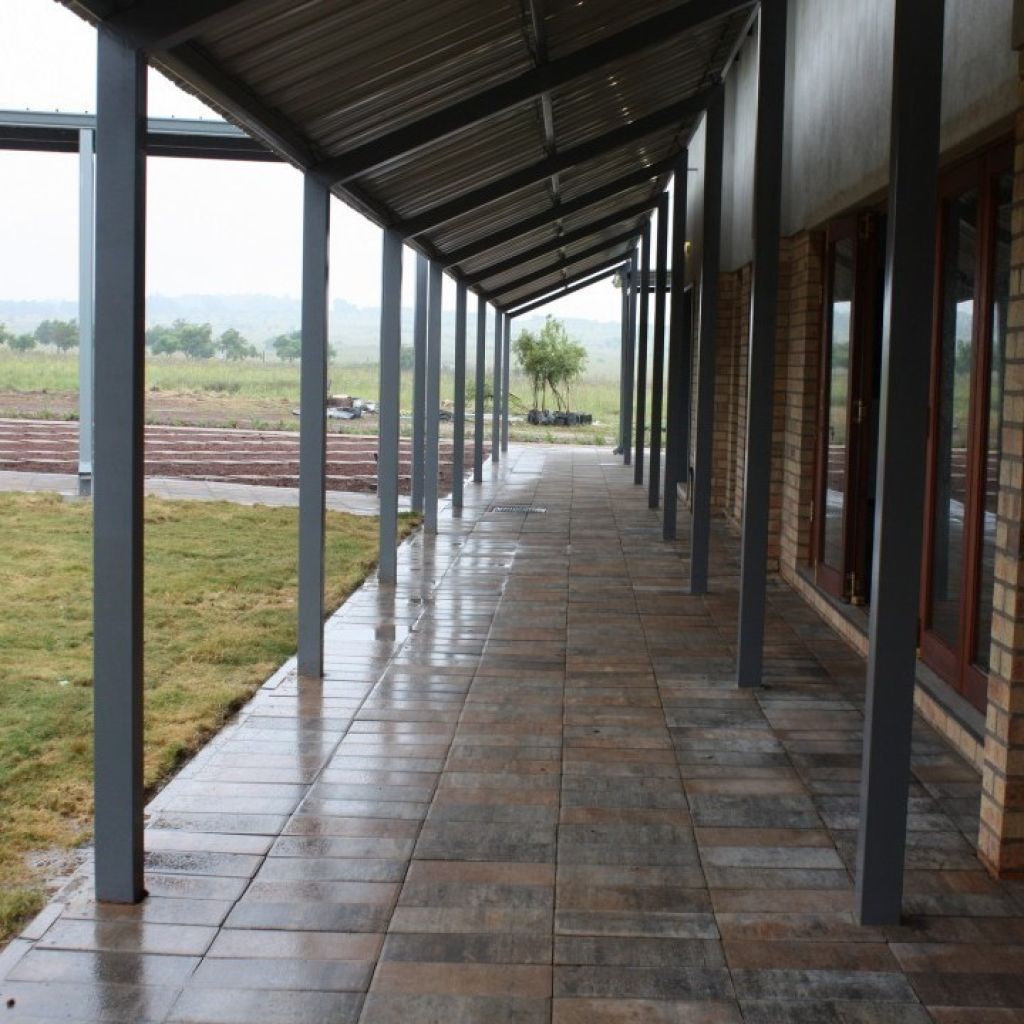
New additions to the recently launched Hominin House have been designed using sustainable and green building concepts and materials wherever possible.
Sustainable and green building elements will form a part of the larger narrative and developing storyline that exhibits the importance of sustainability, how the green elements work and what they look like – practically and visually – to learners who visit Maropeng and stay at Hominin House.
Maropeng curator Lindsay Marshall says: “Sustainability is such an important part of the messaging that we put across at Maropeng, and this has been built into the expanded offerings here at Hominin House.”
The new sustainable and green elements include locally sourced hardwood timber window and door frames. The wooden door and window frames have a lower carbon footprint as they use less embodied energy – the sum of the energy required to produce something, as if that energy was embodied in the product – to manufacture in comparison to aluminium.
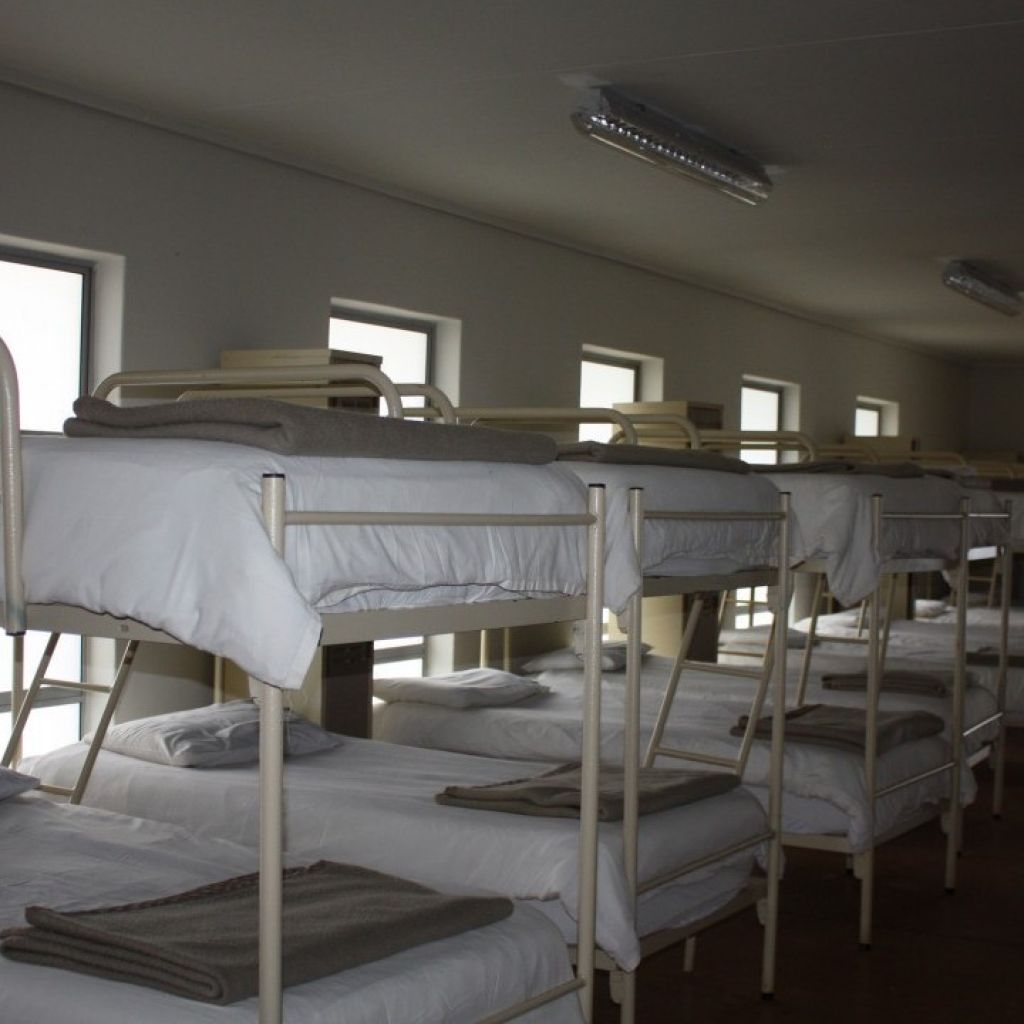
Hardwood timber has also been used to manufacture the furniture at Hominin House. The tables, chairs, dressers and headboards, creatively designed in such a way that that they require no mechanical hinges or sliders, were manufactured by a local bespoke craftsman.
To encourage the reuse of precious resources, a grey water recycling system has also been installed. Waste water from showers and wash basins is collected, filtered, stored and used to irrigate the herb garden and central courtyard lawn.
Approximately 4 500 litres of water will be generated every day for recycling, which will eliminate the need for domestic/municipal water to irrigate these areas.
Rainwater is also collected from the roof of the multi-purpose hall and stored in two 5 000-litre water storage tanks. This water will also be used to irrigate the gardens and volleyball court.
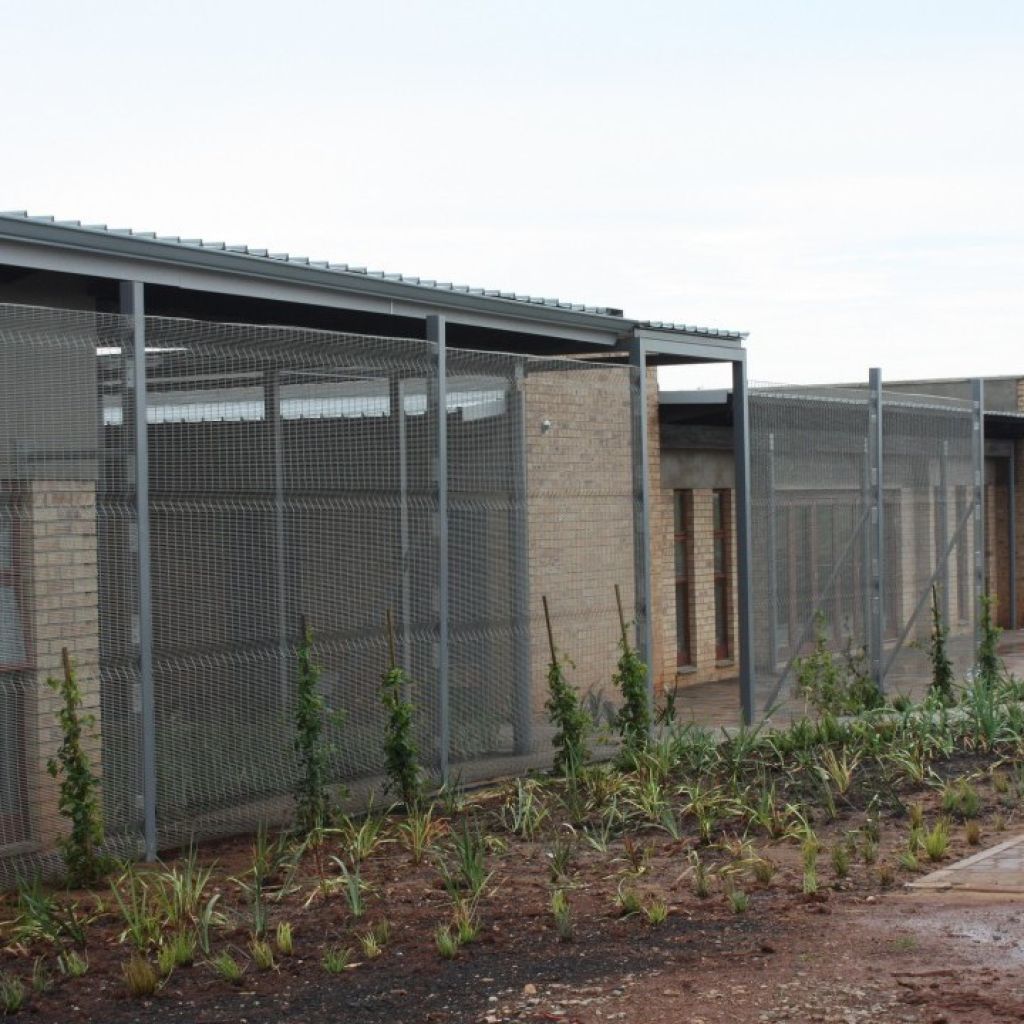
The new buildings have been built facing north to ensure maximum sunlight and solar gain. The roofing has also been designed to keep the heat out of the building during summer, and to prevent heat loss in winter.
Windows and doors were built to ensure maximum cross-ventilation, thereby reducing the need for mechanical means of ventilation and cooling by air conditioners.
The lights in the dormitories, multi-purpose hall, research room and walkways are all solar-powered and completely off the grid. Photovoltaic cells have been installed on the walkway roof and solar energy collected from these is directed to an inverter, which converts the energy into alternating current.
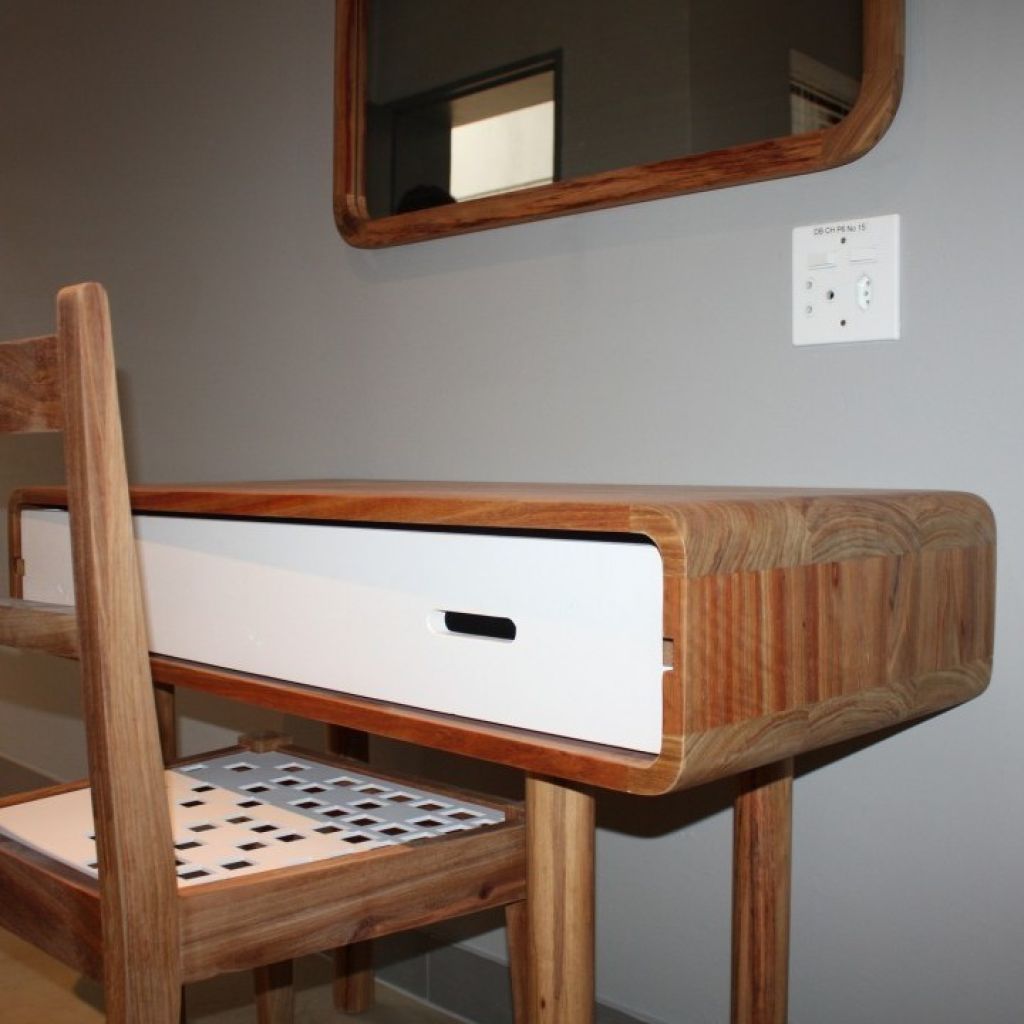
A heat-pump system installed at Hominin House will supply hot water to the teachers’ showers via a hot water cylinder. The heat pump, which works in a similar way to a geyser, uses less energy to heat water in comparison to conventional geysers fitted with an electrical resistance element.
The heat pump, which is not only good for heating shower water, generates cool air that is ducted into the battery and inverter room in the multi-purpose hall, to help keep the room cool.
To encourage recycling and educate learners on its importance, recycling bins for glass, plastic and paper have been installed.
A worm farm will be created to help educate learners on how food waste generated from food preparation in the kitchens can be turned into compost. This compost will be used to fertilise the area around Hominin House and surrounds – including the herb garden and vegetable garden – which will teach learners the importance and advantages of subsistence farming.
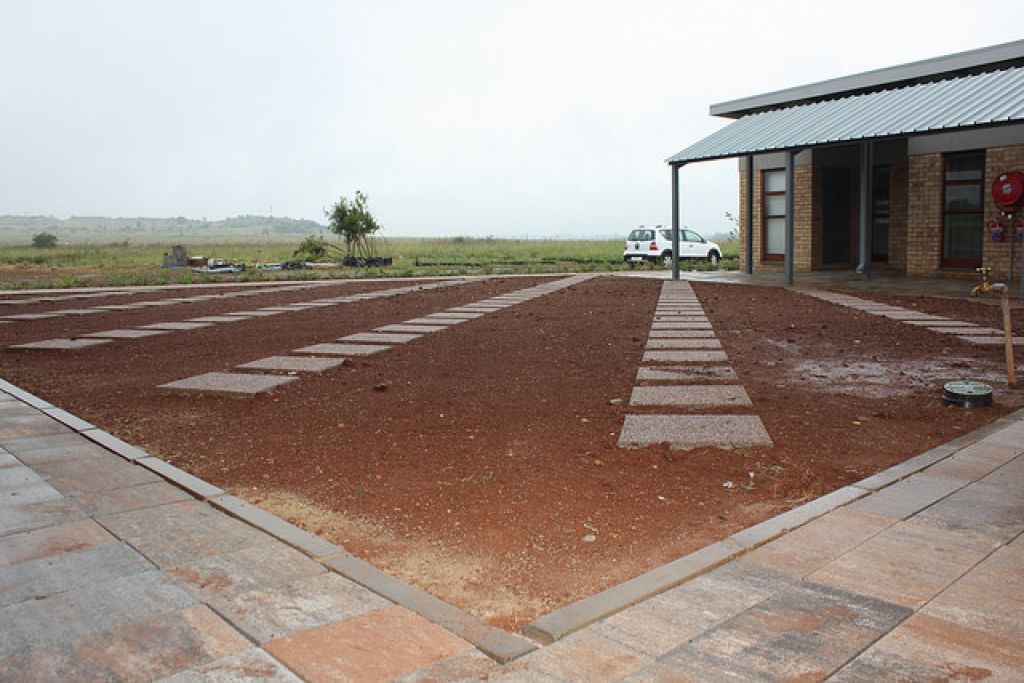
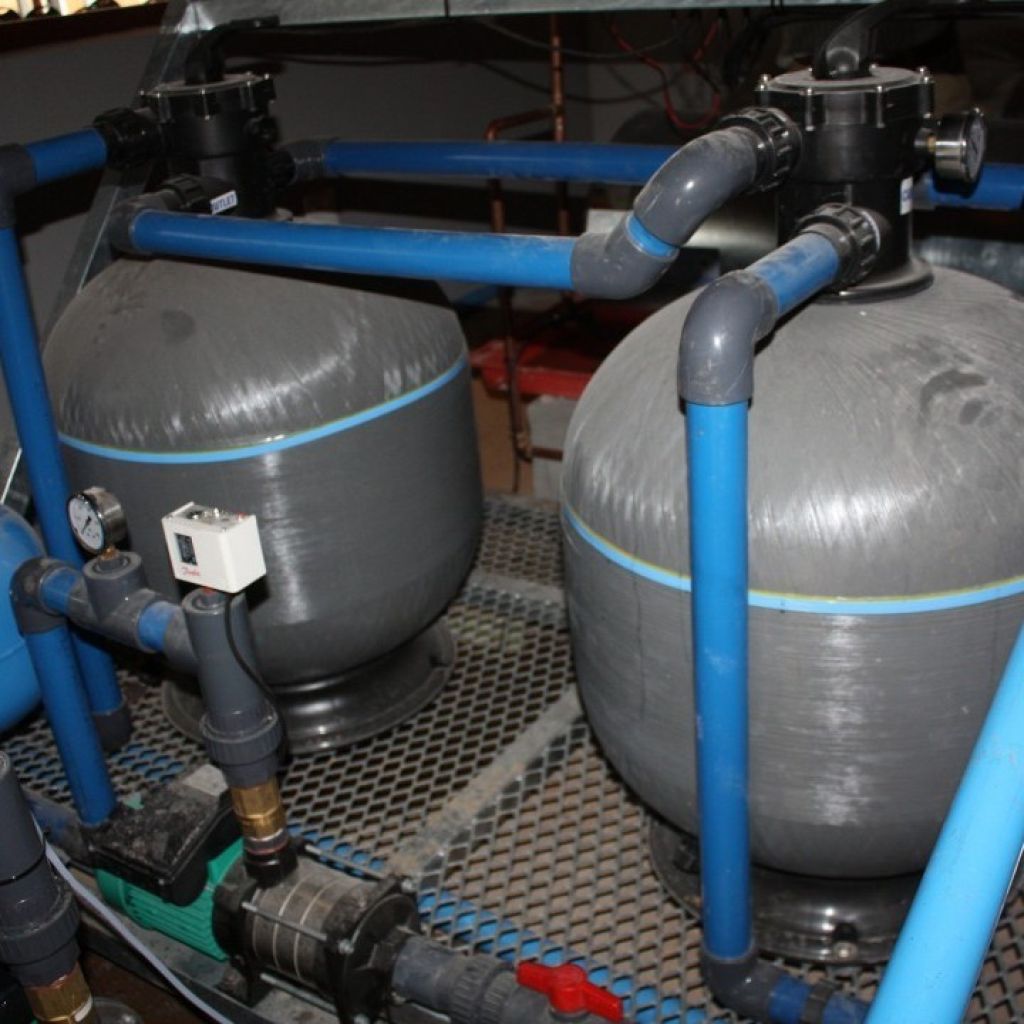
All of these green and environmentally friendly elements will be explained in detail to visiting learners, adding to the educational message of Hominin House.